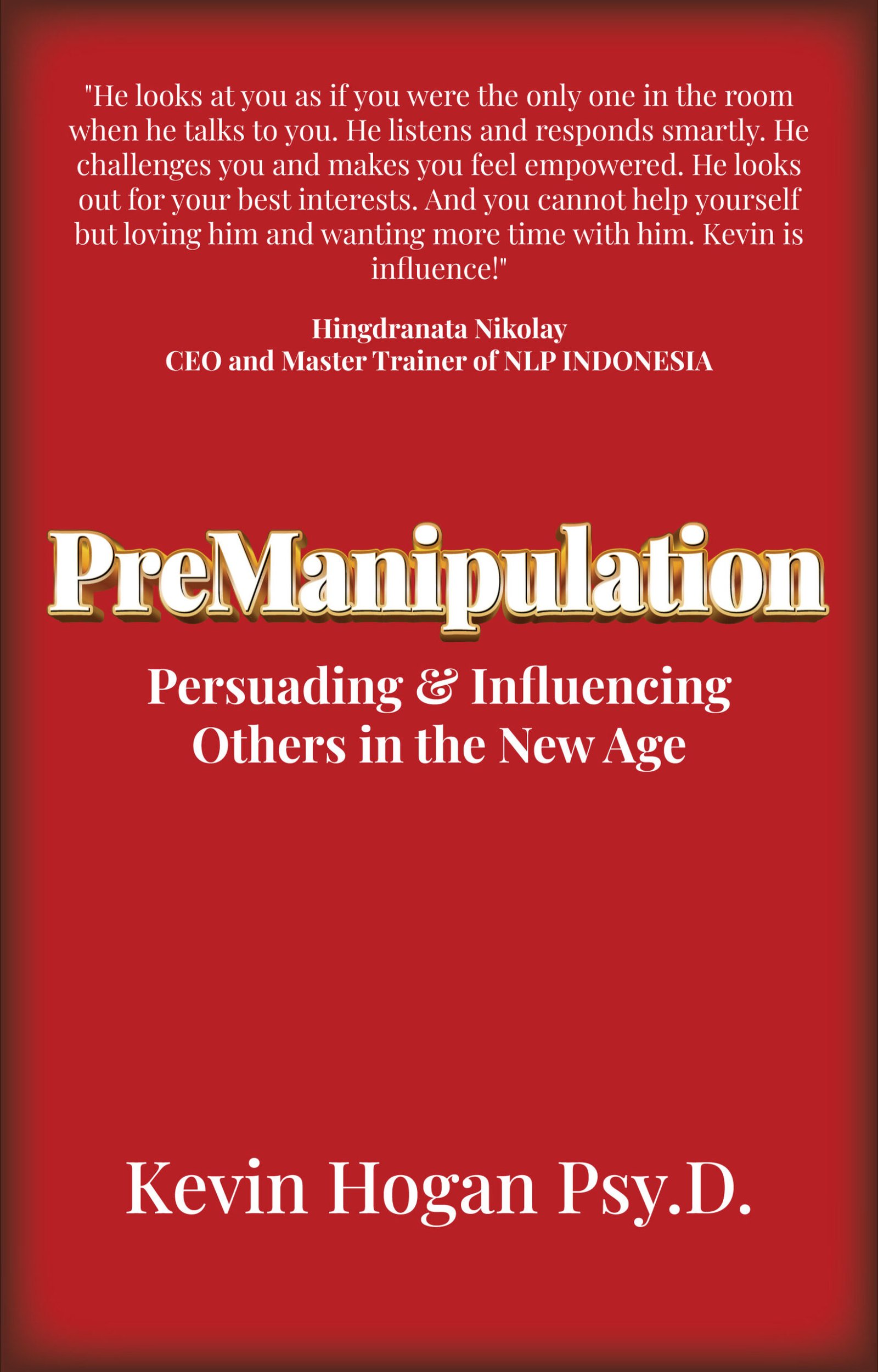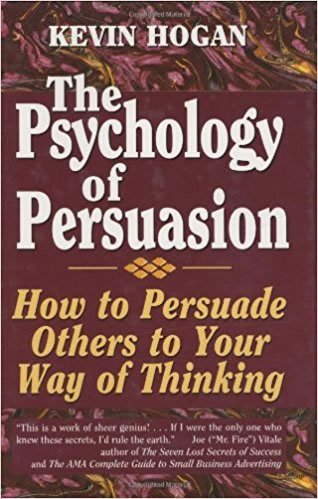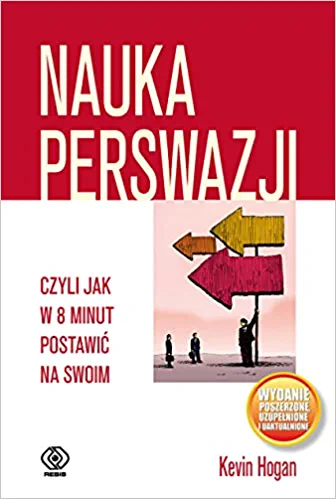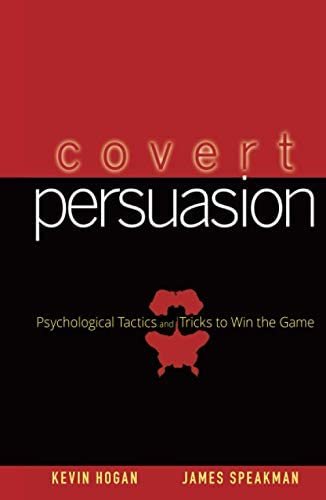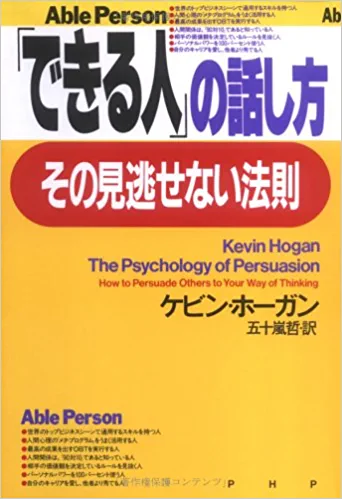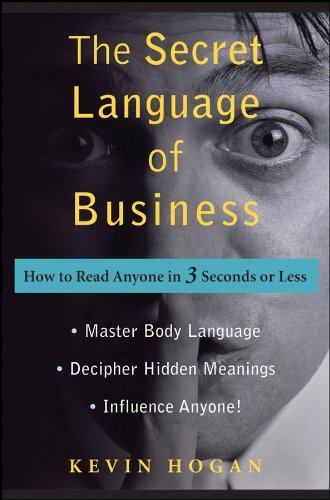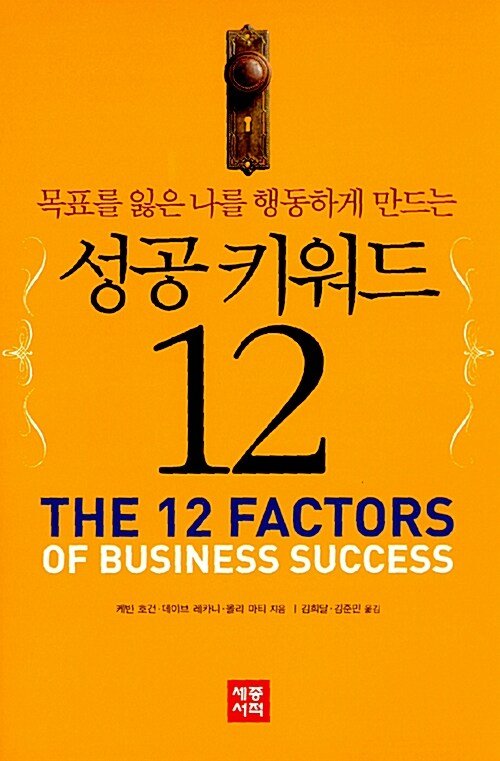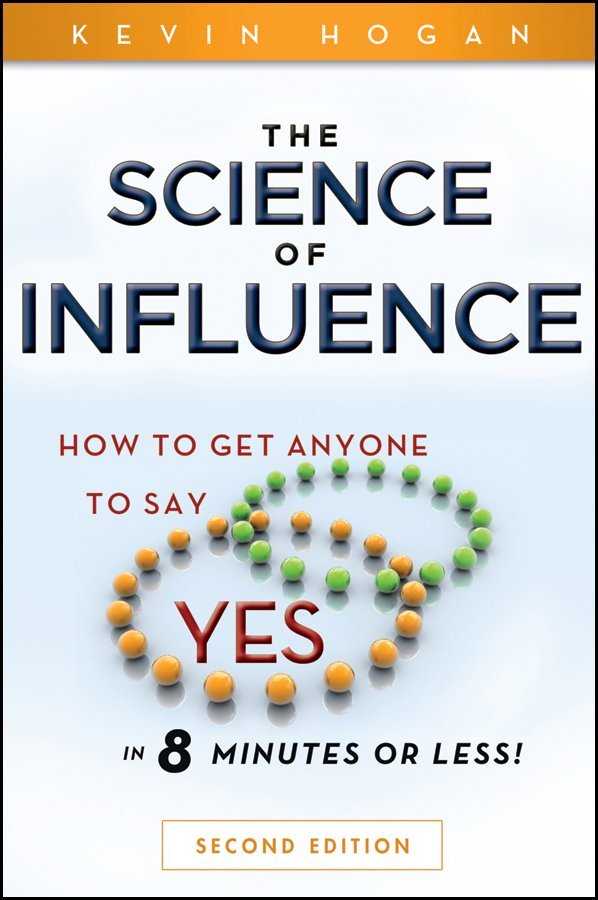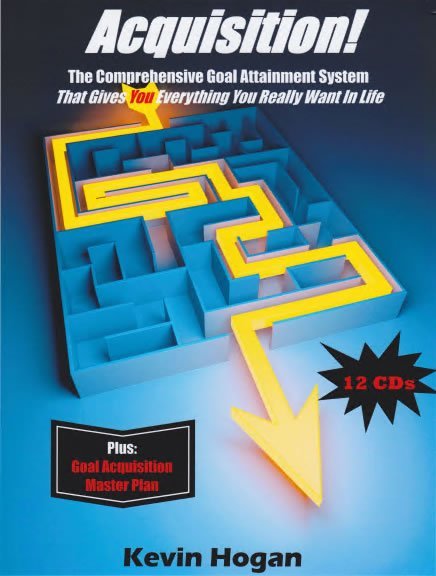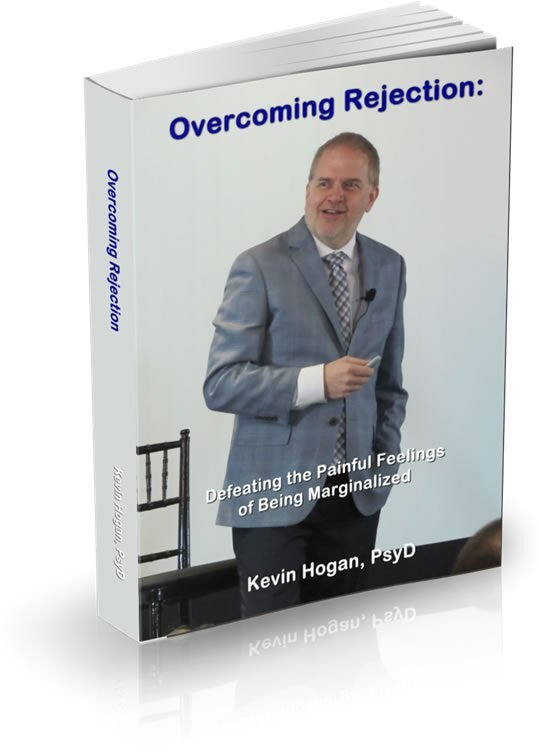The 52nd Law of Persuasion: The Law of The Crayon
The Law of The Crayon states that an ambiguous brand name, product, process or form of engagement the less resistance and reactance there will be in the mind of the listener.
Once reactance and then initial resistance has been bypassed, The Law of The Crayon may be very effective in the persuasion process again when resistance can be expected later in a message or conversation.
Getting past initial resistance or reactance can be a big factor in the profitability of any idea, product or brand. This doesn’t mean the influencer should always look for the ambiguous name or argument.
“Can I buy you a drink?” (Ambiguous)
“Sure.”
“Can I buy you a Cabernet?” (Specific)
“I don’t like red wine. But thanks any way.”
Important: IF the individual enjoys and is READY/mentally prepared for a Cabernet, the response can be far more positive with specificity than ambiguity. Scarcity, Friends, Consistency, Conformity, etc., all have reduced effectiveness in a number of different contexts. The same is true with The Crayon. But as you will see, ambiguous communication has potent uses.
Consider this factor in branding Google (a seriously big number), Amazon (a river or a tall woman), Yahoo (a shout of delight or perhaps a not real bright guy), Apple (fruit, not phone), Starbucks (before Battlestar Galactica?). There’s a trillion dollars right in those few names. Consider this:
Humira, Eylea, Relimid, Rituxan, Enbrel, Herceptin, Eliquis, Avastin, Remicade, Xarleto.
Those 10 medications combined for almost $100,000,000,000 in sales last year. That is a hundred BILLION dollars of drugs (and growing).
Simply looking at the brand name of the medication, you can easily feel the ambiguity. There is no way to estimate what any of them does.
And now that you have heard the name, you have no “feelings” of reactance or resistance toward the product. (First impression = Success)
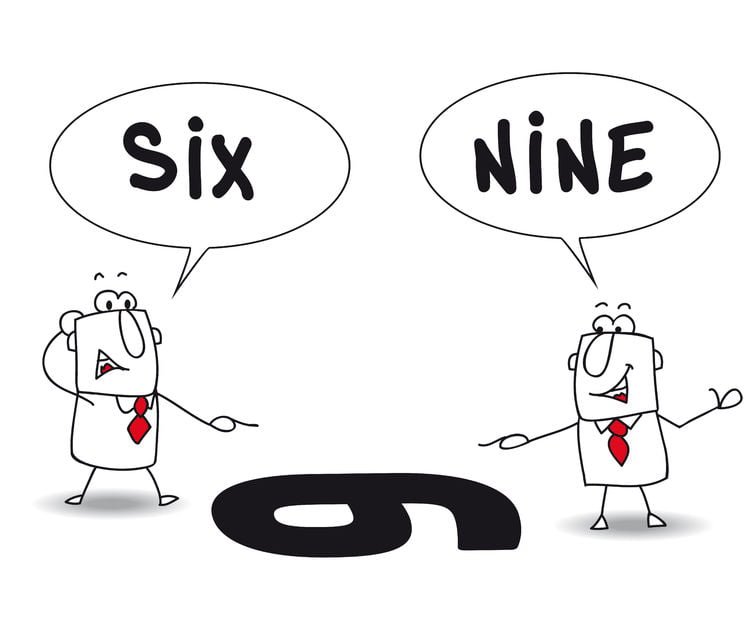 Now, look at the genius of The Law of the Crayon. Drugs enter the market and there is immediate reactance and resistance to them. Therefore those who are among the sharpest marketing minds on the planet are using simple techniques that open minds to sell their products.
Now, look at the genius of The Law of the Crayon. Drugs enter the market and there is immediate reactance and resistance to them. Therefore those who are among the sharpest marketing minds on the planet are using simple techniques that open minds to sell their products.
Simple?
It’s rather interesting that 9 of the 10 hundred billion dollar drugs have three syllables. (22% of words in English have 3 syllables.) Three syllables in a pharmaceutical product name appears to be rather magical.
The most commonly used letters in the English alphabet are E, A, R, I, O, T, N, S.
Without doing a detailed analysis, that’s what you basically see in the top drugs, notable exceptions being O.
The letter frequency reveals no big mystery. There is one uncommonly used (relatively unique) letter woven into those which you see most often, those that are in your name.
What about the uniqueness of the words themselves?
You notice that these words bear no resemblance to most other names of things in general, names of people in particular.
The names are ambiguous. Humira sounds like it could be a bone. Herceptin could be a botched play in the NFL. Eliquis could be a shape in geometry. But that’s about as far as a quick look takes you.
Key Point: A brand name that is ambiguous bears no negative emotional attachment or resistance to it.
An ambiguous brand name opens a DOOR and allows it to remain open while a carefully designed message enters.
Here’s a list of names that you can see how you feel about: Merck, Pfizer, Johnson and Johnson, Novartis, Roche.
Not quite as neutral? More resistance? More emotion?
The name of your brand, product will determine just how much of your product will sell…and whether it is sold in the first place…
Sometimes ambiguity is the answer to a receptive mind.
Question: What THREE key points can you put to immediate use from the robust pharmaceutical industry?
Key Point: The make up and purpose of your service or product is going to be different from the NAME of your product.
Key Point: The feel of the name of the medication (in the above cases) is targeted at either the provider (doctor) or the end user (patient) and it’s name is PRIMED (see Science of Influence Home Study Program) based on desired outcomes and other medications that are selling well at the time while remaining ambiguous
Key Point: The medication names are NOT SIMPLE to decode. You don’t see “cough medicine” or “feel better.” The names are unusual and out of the ordinary. Unique and ambiguous.
Discovery by the Creators of Color Crayons
Pack of 24? Includes Scarlet, Violet Red, Yellow Green, Cerulean, Indigo, Dandelion, Apricot, and Grey…
Why did your parents’ crayon box only yield six colors while kids today are enjoying a dizzying 120?! The answer is in the naming: today’s kids are scribbling away with “Razzmatazz” and “Tropical Rain Forest.” This move towards ambiguous naming is extremely effective according to The Journal of Consumer Research.
“The results from these studies suggest that color names can influence propensity of purchase, and that this effect is related to the typicality and specificity (or lack thereof) of the names and people’s underlying assumptions that information in the marketplace should conform to certain norms,” propose Elizabeth Miller (Boston College) and Barbara Kahn (University of Pennsylvania).
Miller and Kahn demonstrate through this study that what is in a name, although it may be ambiguous, matters; in fact, the more atypical and unspecific the better. The authors note that while previous research has touched on similar topics, this area of research is understudied. “In addition, although researchers have suggested that people carry the assumptions of conversational norms into settings other than interpersonal conversation, no one has demonstrated that these norms also play a role in marketing communications.”
The bottom line: 120 colors in a crayon box may be just the beginning. Consumers love these names and it is a marketing dream come true. The authors conclude “that consumers prefer atypical and unspecific (ambiguous) names to more typical and more specific names (common descriptive).”
Where can you get more information like this?
Covert Hypnosis: An Advanced Course in Subtle Unconscious Influence The Master’s Secrets Revealed! (CD’s 1 – 8)
“This is THE advanced course in subtle influence! Remember when you read Covert Hypnosis: An Operator’s Manual, and you got that WOW! feeling inside?! Well, that was just the beginning. In Covert Hypnosis: The Master’s Secret Revealed, you are going to learn how to subtly move inside the minds of anyone you communicate with. In trance or out…this is the most powerful material on Covert Hypnosis on the planet. Period.” Kevin Hogan, Psy.D.
In CD 1, Kevin Hogan reveals specifically the secrets of how to weave the exact messages you want others to act upon into stories that captivate listeners.
CDs 2 & 3 show you how to motivate and compel other people to change their behavior as quickly as is humanly possible. Benefit: You can utilize these covert tools with your own unconscious mind because they link into the core drives and desires that you have!
CD 4 reveals ALL 22 elements of Covert Hypnosis for this first time anywhere! Never before released by anyone, anywhere. The complete Covert Hypnosis Model for change is here. Business? Sales? Consulting? Coaching? Therapy? Learn specifically how to generate change in their thinking with the Covert Hypnosis Model.
CD 5 gives you all the tools necessary to take a person’s deepest drives (sex, eating, acquisition, connection, etc.) and fuse them into building compelling outcomes (the girl of your dreams, lose weight, acquire wealth, meet new people easily). Ignore either aspect, and failure is assured. Successfully meld the two in the unconscious mind and amazing things can happen.
CD 6—Pattern Recognition: Getting someone to think about something is one thing. Getting someone to feel driven to DO something and then watch them do it like magic is something else entirely. Learn so much in just this one CD!!!
CD 7 – This is 2018 neuroscience and research that reveals how to rewire the brain. Some neuroscientists call it “sculpting.” It’s not something that happens instantly and it requires the use of both hemispheres which can be pretty tricky if you don’t know what you are doing.
CD 8 – You are going to learn some unique techniques in the eighth volume of Covert Hypnosis. Not only are you going to learn the truth about values (when they are critical and when they are MEANINGLESS) but you are going to discover the values of the unconscious mind! The unconscious mind and conscious mind do not correlate to each other but they both correlate to the behavior of every person you meet.
Intrigued? Discover the secrets to what separates Covert Hypnosis from every other compliance technology Discover what even the experts don’t know about how the mind interacts with the unconscious mind.
More Information about Covert Hypnosis or to order

